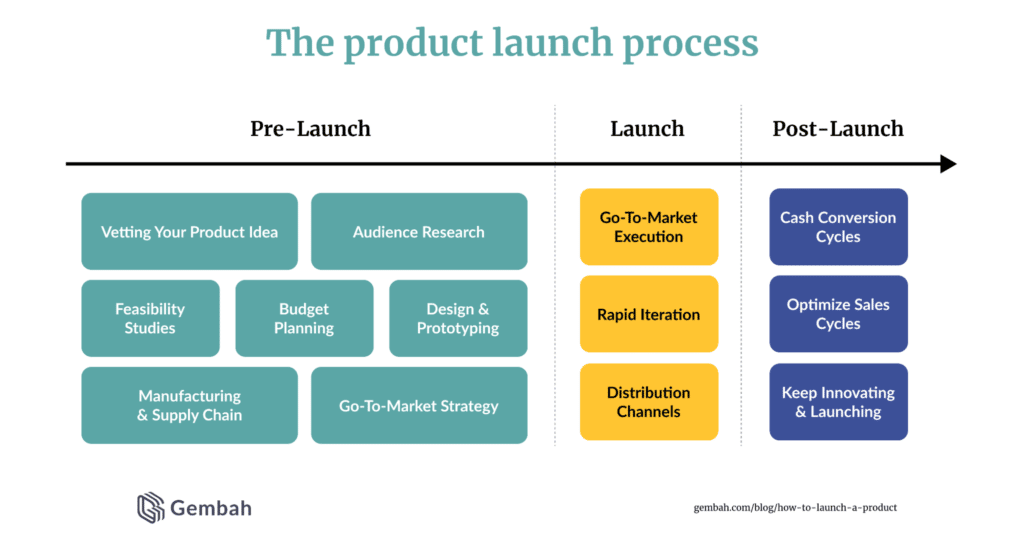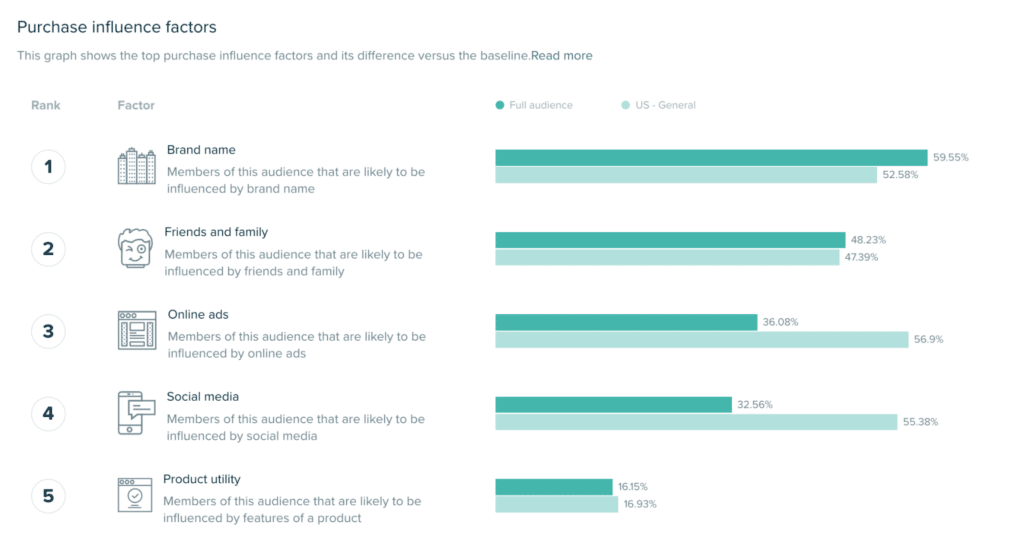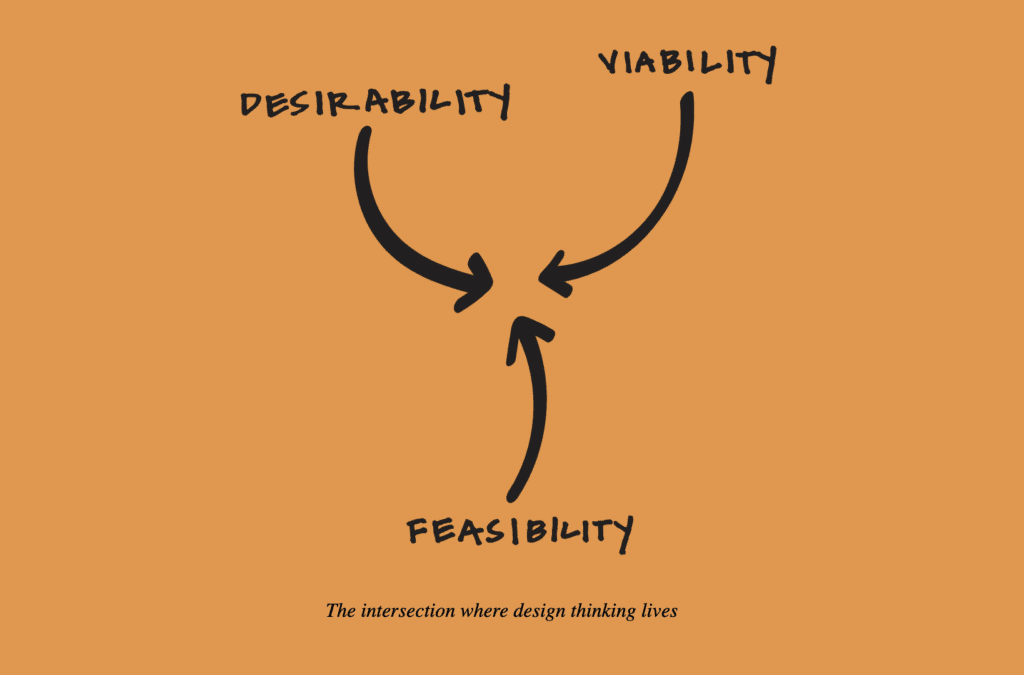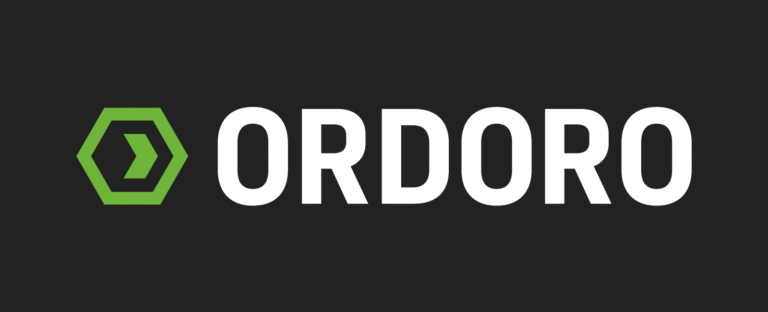Want to launch the next Macbook or become the next Harry’s?
You’ve come to the right place.
In this guide, we’re going to break down all of the critical elements of a successful product launch and walk you through the entire journey from vetting an idea to building a go-to-market strategy, to launch day and beyond.
But first, we need to level with you:
The reality is that only 55% of product launches happen on schedule. And even when products do launch on schedule, only ~5% of product launches are successful.
Between product development delays, supply chain challenges, poor launch planning, and more—plenty can go wrong if you don’t plan. Even for established brands who’ve already successfully launched multiple product lines, success is not guaranteed every time.
If you want to maximize the chances of your next product launch being a hit, bookmark this guide and keep reading. We’ll talk you through the overarching process’s pre-launch, launch, and post-launch phases.
What is a product launch?
A product launch encompasses everything that goes into the final release of a new product, including product research, supply chain establishment, revenue sourcing, marketing, and selling.
A good product launch strategy begins with a target launch date, then works backward to ensure you have enough time and resources to succeed. With every product launch, you’ll need to consider everything from market fit and critical sales metrics to production and shipping logistics.

The pre-launch stage
Before you get too far ahead of yourself with soft-launch parties or big announcements, the pre-launch planning stage is critical.
If you skip or speed through the planning and research elements of launching a new product, you risk launching the wrong product to the wrong audience at the wrong time for the wrong price with the wrong logistics in place.
The pre-launch stage is all about validating and planning. From vetting a product’s opportunities for success and market potential to conducting feasibility studies, you can determine your product’s reception well before the launch.
1. Vetting a product
At Gembah, we often preach the importance of intentional product development and research.
We believe it’s the most important part of a successful launch, relaunch, or update for your products. In this stage, you’re exploring a particular product’s market potential and vetting its current and future market opportunities.
We recommend approaching initial product research from two angles:
Study the ACTIONS of your competitors and customers
- Advertising data: Are your potential competitors for your new product advertising? How much are they spending? Which channels are they spending on? Which search terms are they targeting?
- Search behavior & frequency: How frequently are people searching for the product you’re planning to launch across Google, Amazon, YouTube, etc? More searches means a larger potential market.
- Retail & e-commerce data:
- A/B testing product pages: Create a few simple landing pages for the product you’re considering launching, testing different copy and product types. This method will work best when you’re launching a new version of an existing product, or something that complements your existing catalog.
Study the THOUGHTS of your potential customers
- Customer interviews: Go straight to the source. If your existing customers are the target buyer for your potential new product, talk to them directly. If not, talk to who you believe will be the ideal buyer. At this stage, you don’t need to have a perfectly-defined ideal customer profile either.
- Broad surveys: Similar to customer interviews, but at scale. You’ll trade granularity in the responses for volume. The secret sauce is when you can combine the specific insights you get from interviews with the broader insights you get from surveys to spot trends.
These data points offer you opportunities to improve the product prior to manufacturing and find new ways to generate customer interest during the marketing planning stages.
Use the data from both types of research to decide whether your product has what it takes to generate a worthy return on investment, enhance your brand value, and sustain sales through a lengthy product life cycle.
2. Conduct a feasibility study
Before jumping to the next step of your launch, it’s important to understand whether or not the product you’re planning to launch is actually feasible.
Does it even make logistical sense to create this product?
This is where a feasibility study comes in. With a feasibility study, you’re able to identify challenges, explore costs and timing, and truly answer the question, “should we even build this?”
There are typically six stages in a new product development feasibility study:
- Ideation & Research
- Product Design
- Sourcing
- Production Management
- Logistics & Compliance
- Supply Chain Management
Across each stage, you’re assessing whether your new product is actually feasible.
- How much effort (and budget) will need to go into product design?
- Are there people that can actually make what you’re planning to create?
- Where could production potentially fail and can you get ahead of it?
- Once the product is produced, can you deliver it to warehouses, stores or front doors?
- Will your product meet all regulations in the regions you plan to sell?
- How effectively will your product scale?
When your study is complete, you should have a clearer picture of what should be prioritized for your product launch, what potential problems may arise, and a plan in place for growth and scaling. Get creative in finding solutions to every pitfall your team can think of, even if there’s only a marginal chance it may happen with your product launch.
If you’re looking for support with running your own feasibility study, there are plenty of product experts in the Gembah network that’ve been through it many times over.
3. Research target buyers for your product
The research you’ve already conducted by this stage will likely have narrowed down the target buyer for your product to a degree. You may also have already identified some of their shared characteristics, buying habits, and pain points.
If the target buyer for your new product will be similar to your existing customer base, we’d highly recommend talking to them directly.
Ask them for feedback. Ask them about what problems they’re facing. Ask them if they’d be interested in a product similar to the one you’re planning.
However, you may be planning to launch your next product to a difference audience entirely from the one you’ve already built up. In that scenario, you’ll need to buckle up your bootstraps and research what they’re interested in and what their motivations may be.
With so many audience intelligence and research tools available like SparkToro and Audiense, you can see what podcasts they’re listening to, which influencers they’re following, which publications they read, and which factors they’re likely to care most about when making purchase decisions.
For example, you can use these tools to see how much more or less likely you’re audience is to value brand names or product utility compared to the general public:

This guide from Hubspot does a great job of walking through how to define your target audience and research what’s most likely to make them tick as well.
4. Define your budgets and secure capital
Data is a great starting point, but it’s there to help you make concrete decisions. With so much information at your fingertips, it’s time to start thinking about the numbers. Settle your product production budget, marketing budget, and inventory plans to ensure you have the finances to see your product launch through.
A few core areas to consider as you plan and strategize your financing:
- Salaries, wages, & employee benefits
- Equipment & fabrication costs
- Travel, communications, & rentals
- Managing your inventory plan
- Supplies, materials, & manufacturing partners
- Consultants & contractor fees
- Marketing & advertising
Something like product branding may feel lower on the priorities list during the early stages, but failing to plan for the costs associated with it down the road can lead to budget surprises and potential timeline delays.
Each of these categories is especially important if you’re creating a proposal for investors, as they’ll want to see your estimates for each and every detail. You’ll have to sell them on the success of your product before you can even start proper research, development, and design.
In addition to budget planning, you’ll also want to begin securing the financing required to build and launch your new product. Here are a handful of ways we’ve seen seasoned product teams lock in the funding required:
- Business term loans: One of the traditional paths to securely capital. To fund your product, you can take on debt from banks, credit unions or direct lenders. By taking the debt route rather than raising capital in exchange for equity, you’re able to retain a higher percentage of the business itself, which keeps the upside high if your goal is to exit.
- Credit cards & business lines of credit: Similar to a term loan, but often with greater flexibility and higher interest rates. If you need capital quickly for short-term expenses, a line of credit can be helpful. As you plan for the long-term expenses that will come with initial product development pre-sales revenue though, a more secure term-based loan may be the better option.
- Microloans for small businesses: Depending on the size of your business today and the state of your credit, you may qualify for a microloan. Microloans typically go up to $50,000 for startups and small businesses to cover expenses, fund product development, and more.
Of course, the funding routes available to you will vary based on your location, the size and stage of your business, the type of products you sell, etc. This guide from NerdWallet is a good high-level look at some of the more common types of business loans you can pursue.
And if you’re looking for support with all of the financial planning aspects of your next product launch, Gembah’s network of product experts can guide you through every step of the process.
5. Define your go-to-market (GTM) strategy
This final stage of pre-launch should encompass a comprehensive plan of action to outline how you will enter new markets, win customers, increase your market share, and achieve your marketing and sales goals.
To create a new product launch GTM strategy, you may want to start with the basics and answer your product’s who, what, where, when, why, and how.
- Who: Identify your target audience
- What: Define the problem your product solves for your ideal customer
- Where: Determine the best markets for your product, including B2B and B2C
- When: Consider the best timing for your launch, including competitors and seasonality
- Why: Detail your reasons for budgeting and spending appropriately
- How: Strategize distribution and marketing tactics to drive conversions
Again, by this stage you’ll already have the answers to “what” and “why” from your earlier research. The focus at this stage becomes where, when, why and how.
As you answer each question, you may see potential challenges, unique solutions, and alternative openings in the market that will help you craft the ideal GTM strategy.
We recommend exploring an initially digital-led strategy that builds awareness through social channels, online ad campaigns, influencer partnerships, email if you have an existing customer or audience list, and other forms of content.
As awareness grows and your product generates initial traction, you can begin to explore additional distribution channels like wholesale and retail, but more to come on that shortly!
For some extra inspiration, we’d recommend digging into Harry’s initial go-to-market strategy as well, which they based their launch around a trial offer. Harry’s claimed their cheaper razors were better quality than anything you could find in store. To convince potential long-term customers, they used a simple tactic to turn a one-time freebie into a lifetime buyer. Harry’s now consistently hits over $200 million in revenue each year.
6. Designing your product and creating a prototype
By now, you’ve already established an unmet need in your market and taken an idea as far as it can go in the research phases. Now it’s time to move ahead with design and prototyping.
Where we often see builders and teams trip up during the product design phase is when they take a traditional business approach to design that focuses solely on viability and feasibility. Essentially, you ask whether this is a product you can and should create.
What this approach does not factor in is the actual end user of your product. Beyond whether or not you can actually build the product, what is about the product they’re going to care most about? What’s going to jump out at your eventual buyers that makes them say yes?
If you aren’t taking a human-centric approach to product design from the jump, you risk investing lots of capital into building something that doesn’t deliver on what your buyers actually want.
Instead, we recommend two different approaches:
The ‘design thinking’ approach
Design thinking, made popular by Tim Brown and IDEO, is all about putting the end user first. They position design thinking as the intersection between viability, feasibility and desirability—emphasis on the desire. It’s not enough to build a product that’s viable and feasible. You need to build a product that people want to buy.

The ‘lean startup’ approach
The lean startup or lean UX approach is about testing, learning, and iterating. Rather than over-investing into product design without any system for testing what you’ve built, the lean startup approach focuses on the idea of prototyping. Using the principles of design thinking, creative iterative versions of your product where your taking small steps forward and collecting feedback along the way.
The design and prototype phases can get costly if you aren’t strategic with how you approach them.
For example, if you move too quickly through the design phase without considering the production logistics of whether or not it’s even possible to produce each unit at scale, you’ll end up needing to spend the time and money to retool the design.
Whether you do it on your own or bring in a professional product design expert, the functionality of your product and the needs of your target market will be at the core of your design.
7. Determine manufacturing and supply chain management
After you’ve been through design and prototyping, it’s time to figure out how you will manufacture the product and manage the supply chain.
We’re biased, but we do truly believe the best way to tackle manufacturing and supply chain planning is by working with a network of experts who’ve been there and done that many times before. The Gembah network, for example, has over 2,000 vetted manufacturers and experts across a wide range of industries.
Whether you work with the Gembah network or elsewhere, there are a two primary keys to keep top of mind when it comes to manufacturing and supply chain management:
1. Importance of having a local contact:
If you live in The United States and your product is going to be manufactured in China, India, Mexico—any country internationally where you aren’t located—it’s tough to understate the value of having someone local in the manufacturing region you can work with.
This person will be able to more closely monitor the production process, they’ll have a better understanding of local policies, they’ll be able to meet face-to-face with partners on your behalf, among plenty of additional benefits.
2. Value of product testing and quality control:
If you aren’t actively focusing on testing and quality control during a new product launch, it’s far too easy for the product launch to go sideways. The last thing you want is to produce hundreds or thousands of units, only for there to have been a small error or bug in the product itself. Not only will this be costly to reproduce the units, it could result in potential legal challenges if the errors or malfunctions aren’t caught until after the product is sold.
The launch stage
You’ve hit all the high notes of your pre-launch stage, you’re armed with research, validation, a designed and tested product, budgets in place, supply chain logistics mapped out, and a go-to-market strategy that’ll help you make noise.
It’s time to launch the product.
8. LAUNCH! Start executing on your GTM strategy
Your GTM strategy is the make-or-break point for your product launch. Answering the questions above should have helped you develop a solid plan and streamline each stage.
As you implement your strategy and introduce your new product to the market, pay close attention to what seems to be working or not working. At this stage, moving fast is key. Don’t be afraid to deviate from your initial launch plan if you spot an opportunity to adjust.
By this stage in the process, you should be in market with:
- Sales, marketing and advertising campaigns promoting your new product
- If you’re selling online, product pages with the ability to A/B test all elements
- Various unique offers to drive product sales and adoption (i.e. Harry’s trial offer)
9. Rapidly iterate on your positioning, messaging, and other variables
Iterating your marketing, messaging, and product value propositions can help you run rapid testing that will get you closer to your goal.
- If you’re running social ad campaigns, test the ad creative and messaging frequently to see what seems to resonate best.
- If you have a landing page or sales page for your product, test the headings, descriptions or visuals on the page.
- If you’re already in market, test different price points or offer structures.
What’s important to understand here that is that you also don’t overdo it with testing and iterating. The more tests you run, especially in parallel, the higher your sales and marketing costs are likely to be, and the more difficult it will be to isolate which test is actually driving the best results.
10. Expand product distribution channel strategy
How you approach distribution channels will be a critical factor in how much revenue you can expect to generate, as well as how quickly you can expect that revenue to be realized.
There are essentially three product distribution channel categories: Online, wholesale, and retail.
Yes, there’s plenty of nuance within each category and we could rattle of dozens of subcategories across the board, but broadly speaking—you’re likely selling online, through wholesale distributors, or in-store through retail businesses.

A channel like online requires less investment and time to get up and running, but doesn’t have as safe of a projected revenue floor as the other channels. A channel like retail will take longer to bring to life, but carries more projected revenue security.
- Online Channels: Easy and quick market to enter, but they deliver lower expected revenue due to intense competition and market saturation.
- Wholesale Channels: Offer predictable returns, but don’t always carry the same potential of a mainstream hit. You’ll likely face brand recognition and loyalty challenges if you narrow your strategy to solely wholesale-based.
- Retail Channels: Generally slow to enter but have a higher expected revenue because their physical location presents you with a ready-made group of buyers.
Over time, the best approach is to blend all three channels together. This allows to you to get up and running quickly with online channels to generate early revenue, while building for the long-term through wholesale and retail channels.
If you’re not sure where to start with wholesale and retail in particular, we’d recommend tapping into the Gembah network of experts. You’ll be able to work directly with product experts who already have relationships with top retailers and wholesale chains.
The post-launch stage
We’re now at the final stage of your product launch cycle — the post-launch stage. This stage is another opportunity to review data and maximize profits through what you’ve learned. Find ways to prolong the growth of your product life cycle, improve your cash conversion cycle, and explore even more distribution channels to enhance success post-launch.
11. Improve your cash conversion cycle
The cash conversion cycle (CCC) measures how long it takes you to convert your investment in a product into sales, or realized cash. The shorter, the better.
If you’re able to improve the turnaround time for turning money spent into money earned, the faster you’ll be able to move—whether that be scaling up your sales efforts or potentially developing even more products.
The formula for CCC is as follows:
CCC = DIO + DSO − DPO
Where:
- DIO=Days of inventory outstanding
- DSO=Days sales outstanding
- DPO=Days payables outstanding
As is the case in any line of business, cash is king. When you’re able to forecast when you’ll have a steady cash stream available for various development and marketing endeavors, you can more efficiently use short-term assets to address the most pressing concerns.
12. Optimize your sales cycle for each distribution channel
The sales cycle for each distribution channel will look a little different.
While your online sales could all come through inbound channels like SEO or social ad campaigns, your wholesale marketing may be managed by an in-house sales team that takes more time to build relationships. Optimizing your sales cycle for each distribution channel allows you to efficiently allocate funds and resources where necessary for a more agile, cost-effective strategy.
Online Sales:
- Target your ideal customer profile
- Generate leads through simultaneous SEO, ads, email, and social media marketing
- Conduct A/B testing with ads and email campaigns
- Offer multi-channel shopping through Amazon, Google Shopping, and other platforms
- Ensure you accept as many payment methods as possible
Wholesale:
- Outsource administrative tasks so salespeople can focus on client-relations
- Ensure persistent follow-ups to close deals and maximize orders
- Start with small commitments to establish trust before working up to larger orders
- Supplement your sales cycle with a service cycle to ensure synchronized service
Retail Sales:
- Train your staff to share product case studies and product USPs
- Set in-store sales goals for every month
- Study seasonality for product demand and inventory resupply
- Expand store reach with delivery and shipping services
- Offer competitive franchising packages in other locations
13. Continue to innovate and diversify with relaunches and updates
We believe product development should never truly stop.
You should always be iterating. Always researching. Always looking for the next product line or version to launch.
If you sit back and bask in the success of one or two product lines, you run the risk of your cash cow’s all hitting the decline stage of their life cycle simultaneously without any up-and-coming product lines to balance the books. This could be something brand new, or it could be version 2.0 of something you’ve already seen success with.
Your innovation is the only thing pushing back a product’s decline stage (hopefully forever).
Product Launch Tips to Maximize Your Chances of Success
After reviewing the product launch from beginning to end, there are still a handle of pro tips that will help you maximize your chances of success.
Build the right team
No matter how experienced you are as a business owner or product leader, you still want to ensure you have the right people around you to manage a successful product launch. You want experts on your side who’ve done it all before. They know how to do the research, read the data, and apply it to the big decisions you have coming your way.
With Gembah in particular, you can build your dream team of product experts ranging from Product Design and Crowdfunding to Supply Chain and Amazon FBA professionals. You can customize your experience by choosing the experts you need for your specific industry, launch goals, and product life cycle stage. And with one central platform to manage it all, you’ll be able to streamline every element of your next product launch.
Secure enough funding
We’ve already mentioned that running out of money is a big hurdle that stands in the way of a successful product launch. It’s impossible to plan for everything, but creating a product launch plan with budgeting specifics and then adding 10-15% extra on the top could go a long way to mitigate money pitfalls.
If you’re looking for support with budget planning, we’d recommend reviewing this report from Cornell University on how to effectively estimate and plan for costs across the entire cycle of a project.
Be prepared for the unexpected
Curve balls will always come your way, no matter how well you plan every step. You’ll prevent your product launch from going off track when you expect the unexpected. Some unexpected concerns you might want to consider include:
- Added costs
- Schedule delays
- Supply chain issues
- New competition
- Failing marketing campaigns
- Slow conversions and sales
- Pandemics
- Funding delays
- Lackluster distributor promotion
- Poor reviews
You can increase your chances of success by planning ahead and partnering with someone with the experience you need with these potential disasters. You don’t have to do it all alone when you add product launch experts to your budget.
Tap into Gembah’s network today
The product launch process is complex, with many moving parts.
Tackling every single element entirely on your own can lead to critical steps falling through the cracks and hurt your chances of success. Instead, tap into Gembah’s network of product development experts, product launch experts, supply chain experts, and more.



